I have this question that has been haunting for quite a while now. To compute the nodal admittance matrix \$Y_N\$ of an electrical network, one can make use of the incidence matrix and the branch (or edge) admittance matrix. However, in the case of a transformer or a winding who have inductively coupled turns, how is this taken into account in the nodal admittance matrix? I can't comprehend it, and if it's not taken into account how can I take it into account?
Adding schematic to ease comprehension:
Take for instance this circuit:
Its graph is the following:
From which you can deduce the nodal admittance matrix: $$Y_N = A_f Y A_f^{T} (1)$$ with both \$A_f\$ and \$Y\$ being the incidence matrix and the branch matrix, respectively, defined as follows:
and,
Eventually, we have the following nodal admittance matrix:
The difficulty that I am facing is for mutually coupled inductors (those in the circuit). I do not know how the take the mutual Mij into account in my nodal admittance matrix (well first in my branch matrix then \$Y_N\$ will be deduced from equation(1))
Thanks in advance :)
